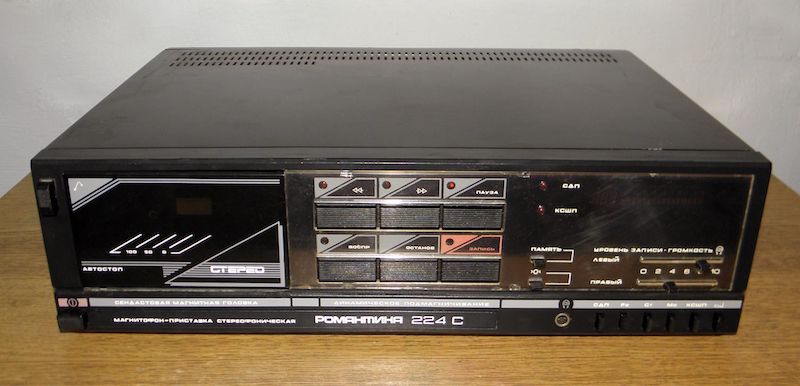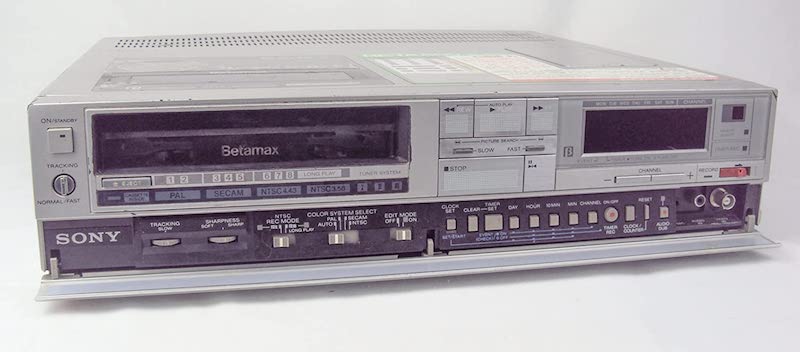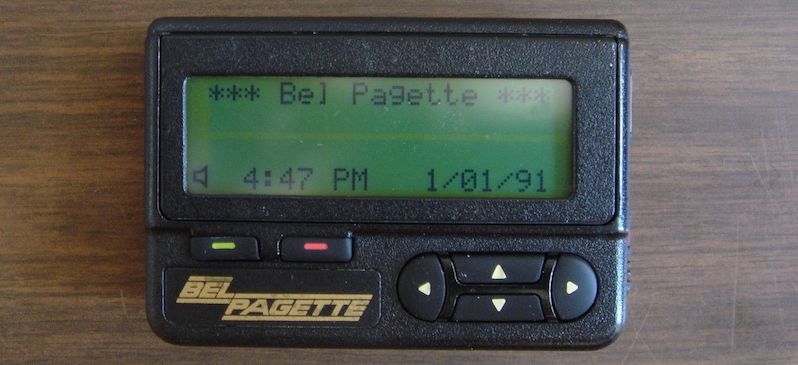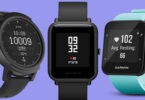Technology is advancing at breakneck speed. Those of us born in the 70-90s have had the privilege of living a huge evolution in such a short time that it is sometimes scary. It’s time to look back and see what those devices were so popular in the 1990s that would have no place in the 21st century, in fact, there will be some who won’t even know what they are because they never used them.
Although the following gadgets are not in use by the public anymore, several people still use some of the following gadgets. Old cars still have cassette stereos, CDs are still working, some analog cameras with Kodak or Fujifilm films, and some home phones with rotary dialing systems.
- Cassette or audiotape

Yes, before the CD, MP3, or MP4 and the USB connection to the car there were those audiotapes where the people of the 90s listened to music. It was one of the most commonly used methods of hearing the songs of that decade, consisting of a magnetic tape that rotated from one reel to another. I had the problem of continually messing around, if you haven’t untangled the tapes with a BIC pen or pencil, it’s certainly because you haven’t experienced that time of technological evolution.
- Floppy disks
If cassette tapes were available for music, floppy disks were used to store files from the first commercial computers. These boxed and narrow objects were slow and with little capacity (only 1.44 MB) which caused the files to be spread over 2 or 3 or 4 or 5 floppy disks. It wasn’t long before we got rid of them and the computers (laptops or tablets) stopped including them, now they are the perfect vintage objects to decorate.
- Compact Disc (CDs)
The mini-systems, where rewinding the tape was a real adventure, began to include the CD as a format for playing music as it increased the capacity of previous devices. It was a revolution where the CD allowed the creation of data files and even storage of videos. An ideal utensil to create backups, the copies of yesteryear, since today we would not conceive of our life without a good external hard drive to contain all the documents that we want to save.
- Betamax/VHS

How many films of this format have we recorded and been stored (at best) for remembrance? What do we do with communion videos and children’s recitals? The VHS lived its golden age during the 1990s when children recorded drawings of television to watch them over and over again. This anatomy soon became obsolete and would be replaced by CD, DVD, and Blu-ray players.
- Walkman/Discman
The greatest contribution of technology was to be able to take it out and enjoy it in the day-to-day. Listening to music wasn’t the same in your room as on the street, hence the walkmans were first born as portable cassette tape players and then dialed them (for CDs). They didn’t last long as they spent a lot of piles and were very uncomfortable when it came to sports. It’s a good thing MP3, MP4, and iPod soon arrived, reduced size, increased capacity, and improved the way you listen to music everywhere.
- Photo reels and analog cameras
“Show me the picture, if I don’t like it we do another one.” How many times have we repeated this and other phrases like that? In the middle of the 21st century it is normal that with state-of-the-art digital and mobile cameras we do not take a photo, take 250 and delete those that do not convince us. But it hasn’t always been like this… The photo reels had a maximum of X photos per reel (between 20 and 35), you couldn’t see the result and if you weren’t a little sly you lost all the photos. It had a certain charm to wait to see the result on paper, now we only store it on the computer and we don’t even know what we have… Too bad, spending the pages of an album is something that’s been lost.
- Rotary phone
Before the landline, the wireless phone, and the mobile phone there was another phone, a different one that today we can only see in an antique shop, period movies, or in houses decorated in ‘vintage’ style. There was a time when the rotary phone populated the Spanish homes of grandmothers and grandparents. It was fun to spin the record over and over again, but it wasn’t funny to get the last numbers wrong and start dialing again. They soon were replaced by normal key phones.
- Typewriters
The typewriters were standardized many years ago, their function was to write on paper, which had a great improvement in working life and especially journalism. Gradually they went from analog to digital and digital to dusting in the storage room as the computer improved functions and made that outrageous and annoying noise disappear. Fair enough though, typ[ewriters are still used today in remote areas where computers and laptops cannot be used.
- Pager (Beeper)

Being localized has always been one of the challenges of the human population, when mobile phones were at an early stage the “Pager” was the best substitute. It was worse than a ‘modern’ SMS, if anyone wanted to talk to you, they just called you, and the number you were supposed to call appeared, something rudimentary that we’ve seen and lived in 90s series and movies. Over time text could be sent but mobiles ended up ending their lifespan thanks to the popularity of text messages.
- Game Boy
After the normal game consoles, it’s time to take the consoles out of the house and enjoy them anywhere. Game Boy became the first portable console in history, was gray, fat, and spent an incomprehensible amount of batteries but you could play on the street with anyone. They soon reduced the size, colored it, and changed the design but the original Game Boy with the Tetris will always be the original. What a time!






